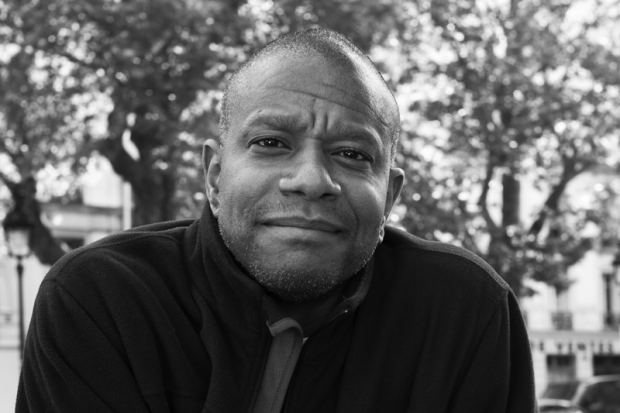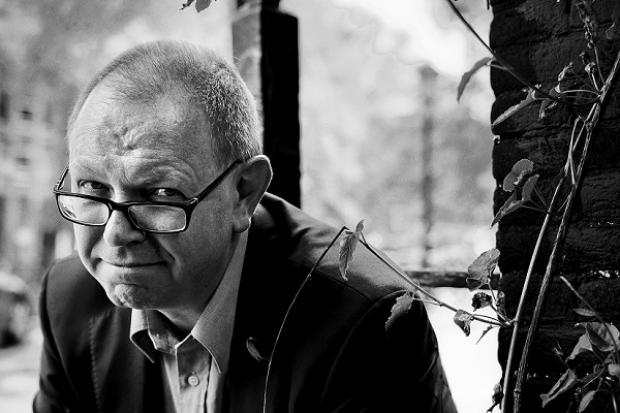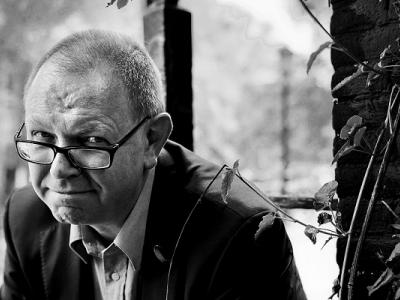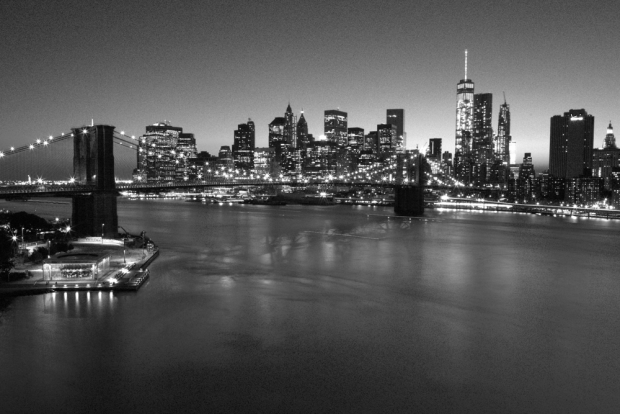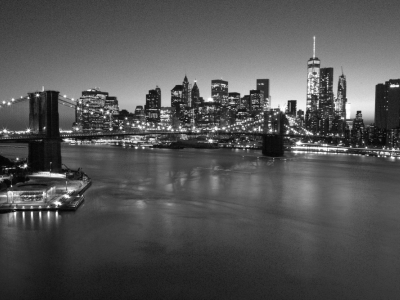American beauty, American horror
“Everyone’s allowed a past they don’t care to mention”
– America, Bill Callahan
At the Tenement museum in New York City’s Lower East Side, a week before the election of Donald Trump, a young guide explained to our tour group the discrimination that a young Irish couple would have faced in 1860s America, not-so-subtly nodding towards the modern xenophobia and racism propelling Trump onwards.
“I always knew people hated the Irish,” asked one of the group. “Why is that?”
Our guide sighed.
With the imminent swearing in of Donald Trump (Scottish, German) as president of the US, questions of identity and race have come to the fore in US politics in a way that seemed impossible when Barack Obama was first elected. In 2008, sensible people spoke seriously of the idea of a “post-racial” United States. But in his farewell speech in Chicago, Obama admitted this was a fantasy. In the same week, in South Carolina, the unrepentant white supremacist Dylann Roof was sentenced to death for the murder of nine African-American churchgoers, and the “alt-right” is taking courage in the election of a man they see as their guy.
Donald Trump’s ascent has revealed the appeal of the völkisch, even in a country where it is nearly impossible to identify who the völk are.
The European idea of nationalism, expressed by Leopold Bloom in Joyce’s Ulysses – A nation is the same people living in the same place – makes little sense in a country populated almost entirely by migrants who arrived in the country – forced or voluntarily – in the past 250 years, usually with very little to bond them apart from a desire or need to escape the world they left behind (a bond from which African Americans are excluded).
Three of the most feted books of the past 12 months attempt to deal with the question of what is America, and what is an American.
Francis Spufford’s Golden Hill is set in 18th century New York, before the idea of the United States of America existed: Sebastian Barry’s Days Without End tracks the progress of a 19th century Irish migrant, escaping famine and joining the US army, fighting first against Native American tribes and then in the Civil War. Paul Beatty’s The Sellout takes us to contemporary Los Angeles – to a ghetto once known as Dickens.
The New Yorkers of Golden Hill are a mix of English and Dutch immigrants, and the ruling English define themselves above all as loyal to king and country. There are no “Americans”: for them there is barely an America, merely different provinces with different customs and even currency.
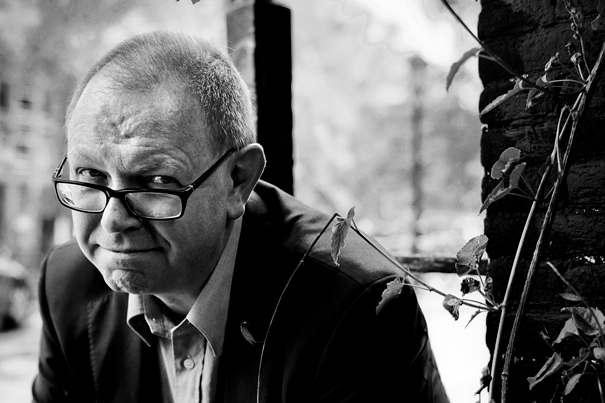
Into the tiny trading post of New York comes Smith, a mysterious stranger from from London (then roughly 100 times the size of New York) who may or may not be the possessor of a great fortune.
In a pastiche of the 18th-century novel, Spufford creates an unreliable narrator who is never quite sure of their own place in the unfolding of the story: In unorderly fashion, the narrator admits to not knowing how certain card games are played: sex and duels are similar mysteries, in spite of being integral to the plot.
It is not just the narrator who is uncertain. The entire plot hinges on establishing Smith’s credentials, but he is not the only person who is not what they seem: everyone in 18th century New York is hiding something.
And that which is not hidden is ignored: African slaves are ever present, but seemingly ignored as people by the English and Dutch. Spufford’s New York is a place where race is not discussed: but the fact that something is not discussed does not mean it is not an issue. Indeed, race explodes into the foreground of Golden Hill in a spectacular and unexpected denouement: the genius of Spufford’s achievement lies partly in tricking the reader into believing Golden Hill is not a book about race; or that one can even talk about the foundations of the United States without talking about race.
Sebastian Barry’s Days Without End, a Costa Prize winner alongside Golden Hill, is not nearly so coy. Barry tells the story of America through Thomas Mcnulty, a child fleeing the Irish famine. Arriving in the United States via Quebec, Thomas meets John Cole, another lone child who becomes the love of his life. (Barry’s portrayal of Thomas and John’s lifelong love affair is extraordinarily subtle and entirely lacking in sensation).

Thomas and John start their journey together as pubescent female impersonators, dancing with lonely miners.
As time and hormones put an end to that career, the two join the US army, and are thrust into the Indian wars.
In the army, McNulty finds a version of the American Dream: he is fed, given a uniform and a horse, and raised above the subhuman condition in which he had arrived on the continent.
But his job is to inflict America on others: Thomas’s regiment, led by the upright Major Neale, is pitted against a Sioux tribe led by Caught-His-Horse-First, a figure of fascination and respect for the soldiers.
But that respect does not allay the brutality of the conflict. Barry's descriptions of the repeated atrocities of the wars can only be described as visceral. Barry does not fence sit: the Native Americans are repeatedly betrayed, then attacked, then betrayed again. Any brutality visited on the soldiers is a consequence of their own betrayal.
Thomas can relate some of his experience as an Irish man to that of the Native Americans, realising that they are being driven west, off their land, just as the Irish were by Cromwell. But it is his innate empathy, rather than his ethnicity, that allows him to draw this conclusion. When the action switches to the American Civil War, Thomas notes the irony of his own Union regiment and the Confederate regiment they encounter both fight under banners bearing harps and shamrocks.
Between the Indian War and the Civil War, Thomas and John Cole have taken a Native American girl, a niece of the mighty Caught-His-Horse-First, into their care. They name her Winona, and her inbetweenness, caught between her massacred blood relatives and her devoted new family, exacerbates the sense throughout of America as a place where the new forms forever struggle to defeat the old. In the end, the a queer family of former soldiers, freed slaves, the Sioux girl and her Jewish beau find a kind of peace, an American dream of sorts, reached through oceans and mountain ranges of sadness and violence.
That same sense of an America determined to kill its own ancestors illuminates Paul Beatty’s brilliant satire The Sellout, the work that made Beatty the first American Booker prize winner in 2016.
Beatty’s protagonist, Me, is too clever by half. Home schooled by his social scientist father (“The founder and, to my knowledge, sole practitioner of the field of Liberation Psychology”) in the African-American ghetto of Dickens, Los Angeles, his hopes of being a gentleman farmer at his leisure are stymied by the expectation that he will take on his father’s eminence in the community.
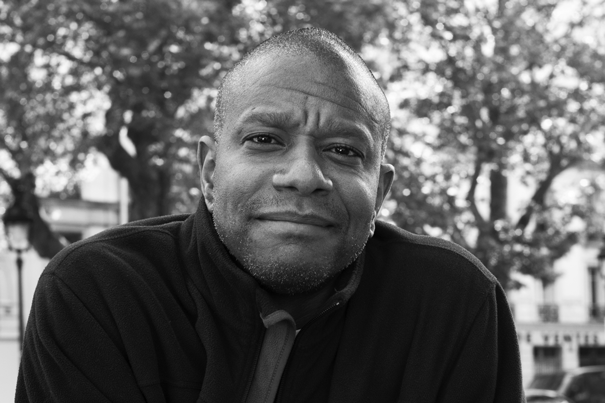
But in “post-racial” America, the community itself, Dickens, is literally being wiped off the map. Meanwhile, his father’s old sparring partner, media intellectual Cheshire Foy, is attempting to rewrite the American Canon to make it more ethnically diverse (Steinbeck’s classic becomes Of Rice And Yen; The Great Blacksby opens “Real talk. When I was young, dumb and full of cum, my omnipresent, good to my mother, non-stereotypical African-American daddy dropped some knowledge on me that I been trippin’ off ever since.”)
Dickens’ most famous resident is Hominy, who was once a bit player in The Little Rascals, the comedy series about young children that ran from 1922 to 1944. Racist though the shows may have been, Hominy sees his time as a Hollywood star as Halcyon days, and is proud of his “coonery”. His best days came when the world was blatantly racist, so he is understandably nostalgic.
Somehow, Me gets dragged into Hominy’s antebellum fantasies, becoming his slave master in order to keep the old man happy. Hominy, meanwhile, suspects that Cheshire Foy has bought up all the “most racist” Little Rascals tapes, and is denying the world of his genius.
It would be tempting to write that Beatty takes a machine gun to the Shibboleths of modern America, but this is a far more deft and subtle book. And almost impossibly funny. Me ends up in the Supreme Court (Beatty told Little Atoms he had named his character such solely so he could name the case “Me versus the United States Of America”) charged with pretty much every offence against the constitution possible, after setting up a segregated school system in Dickens that benefits African American children and hurts absolutely no one. His lawyer, Hampton Fiske, is single handedly trying to keep Superfly pimp style alive. “Community leaders”, galvanised by Cheshire Foy, are furious and jealous of Me, as the structures in which they are invested break down.
To describe The Sellout as a challenging read would be to condemn it to the pile of books one “should” read, rather than one wants to. This would be a mistake, as this is foremost a dizzyingly hilarious book.
But it does challenge every single modern conception of race in the modern United States – whether that be “post-racial”, straight-up racist, multicultural, intersectional – building to a perfect, and yes, challenging pay off line.
None of these three books are what one might call State Of The Union novels, addressing contemporary politics: they are more than that. Golden Hill, Days Without End and The Sellout ask fundamental questions that all Americans face in the coming years: Who are we? How did we get here? And where are we going?
Days Without End and Golden Hill are published by Faber & Faber. The Sellout is published by Oneworld

